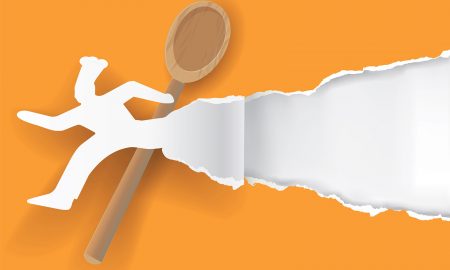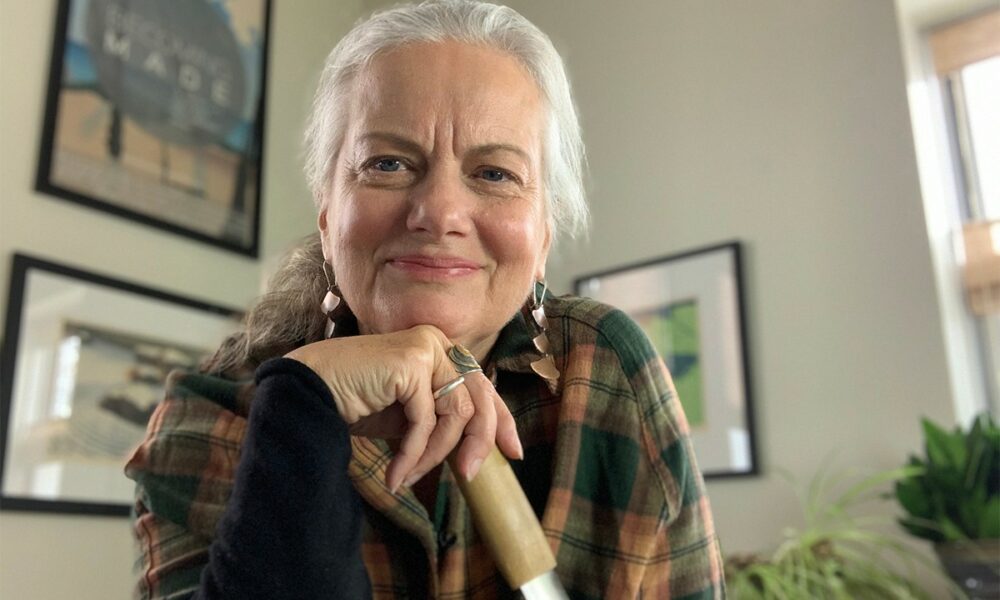

Today we’d like to introduce you to Mary Brodbeck.
Hi Mary, it’s an honor to have you on the platform. Thanks for taking the time to share your story with us – to start, maybe you can share some of your backstory with our readers.
My ‘story’ is primarily the story of my career. It started with a degree in Industrial Design from Michigan State University in 1982. I worked in the West Michigan furniture industry for about a dozen years, and everything was fine until something stirred inside me for work that would be more spiritually meaningful to me – I wanted to become a landscape artist. It’s been over three decades since that fateful turn. Now, after over 25 years of specializing in Japanese woodblock printmaking, my repertoire includes having my prints in many prominent museums, exhibiting and teaching internationally, an award-winning documentary, and who knows what’s yet to come. As one of seven children who grew up on a dairy farm in Lake Odessa, Michigan, never in my wildest dreams could I have imagined this amazing journey I’ve been on.
When I first decided to become an artist, I experimented with many mediums but landed on woodblock printmaking because I love the way woodblock prints look. And making them – the colors all have to line up just right – suits my methodical design sensibilities. Plus, I love paper and working with wood.
It wasn’t until I entered graduate school at Western Michigan University in 1997 that a couple of professors saw something in my work that led them to encourage me to study in Japan. I ended up receiving a fellowship from the Japanese government to go to Tokyo to learn these time-honored techniques with Yoshisuke Funasaka, whom I am still in touch with.
The turn in my career path, from being an industrial designer to an artist and eventually to a woodblock printmaker, was my destiny. Along the way, I made certain choices that made this journey all possible, such as surrounding myself with interesting and supportive people and working hard. Fearlessness also helps.
Alright, so let’s dig a little deeper into the story – has it been an easy path overall, and if not, what were the challenges you’ve had to overcome?
I once read… “the only thing harder than making a painting is selling a painting.” I think most people would understand this statement to mean that it is hard to make a living as an artist. There is also a profound assumption in this statement that the reader knows what a painting is, which is reasonable. By comparison, one can’t assume that everyone knows what a woodblock print is, let alone with any exotic element added to it. Maybe I was naïve to not consider that focusing on Japanese woodblock printmaking was pretty esoteric.
Yet, over time, I came to accept that I would regularly have to describe what my art is and how I make it. In essence, explaining my art process became a subsidiary career to my studio practice. This includes conducting workshops, giving public demonstrations, having educational materials with every exhibit… and as mentioned, I even made a documentary about how Japanese woodblock prints are made. I wouldn’t say that I struggle with this these days, but I would say that it wasn’t something I anticipated.
I’d like to add that if people ask questions, you know they are interested in your work. Talking about the process is one way to engage with people, and I am grateful for those opportunities.
Alright, so let’s switch gears a bit and talk business. What should we know about your work?
Woodblock prints are a relief printmaking method made by printing carved woodblocks. In a relief process, the areas that are carved away are the areas around the image to be printed. (A rubber stamp is a relief printing technique.) These raised areas get inked, paper placed upon it, and then pressed to transfer the image from wood to paper.
Unique from any place else in the world, the Japanese use water-based pigments that are brushed onto the block and pressed with a hand-held burnishing tool. Multiple colors require multiple blocks and a registration system. The process is nuanced, and the results are nuanced as well. (The most famous of all Japanese woodblock prints is Hokusai’s Great Wave.)
The primary subject of my work is the Great Lakes watershed region. Over the years, I have had several artists-in-residencies – like at Sleeping Bear Dunes National Lakeshore Park and Isle Royale National Park – where I was able to focus on some of the most beautiful landscapes in the nation, let alone the state of Michigan. My Sleeping Bear Dunes series is in the permanent collection at the Detroit Institute of Arts, which I am very proud of.
Other career highlights from the past 25 years include: teaching this art form at the Japan Center for Michigan Universities in Hikone, Japan (2006 & 2007), being invited to exhibit my work in Tokyo and Takayama, Japan (2003, 2005, 2007, 2014 & 2019), being represented at the oldest continuous running woodblock print gallery in Tokyo (Watanabe Color Prints) and my 35-minute documentary – Becoming Made.
Of everything I have accomplished, I am probably most proud of my documentary. I would make more films if it were easier – by comparison, woodblock printmaking seems quite doable! In any case, in making the film, I learned that I enjoyed storytelling. I do believe that my woodblock prints are beautiful without an explanation of the process or anything else. But sometimes a story can draw people in like nothing else can, and maybe it’ll be my subsidiary career of communicating through words and stories that will set me and my work apart in the end.
Let’s talk about our city – what do you love? What do you not love?
I moved to Kalamazoo in 1996, got my graduate degree from Western Michigan University in 1999, and live (currently part-time) in a historic building downtown with my husband John Schmitt and beloved kitty Gingko. We love living downtown, our building, our wonderful neighbors, and having the Kalamazoo Institute of Arts so close. Other great aspects of Kalamazoo are its: cultural diversity, smart people, diverse schools/universities, vivid arts scene, bar and restaurant options, proximity to Lake Michigan, Chicago, and Detroit, and the Kalamazoo Promise – woo hoo!
My husband and I both love places that are a little more wild nature-wise though. To remedy that, we have a part-time residence in Michigan’s Keweenaw Peninsula (Calumet), where I am getting a lot of inspiration for my newest art in addition to reaping the benefits of one of Michigan’s premier nature playgrounds. We also spend time across the border in Ontario, north of Sault Ste. Marie. I have been inspired and influenced by the Canadian artists from the Group of Seven, particularly works informed by the Algoma region, an inland area that borders the west side of Lake Superior.
Contact Info:
- Website: www.marybrodbeck.com
- Instagram: https://www.instagram.com/marybrodbeckstudio/
- Facebook: https://www.facebook.com/marybrodbeckart
- Linkedin: https://www.linkedin.com/in/mary-brodbeck-aa52a013//
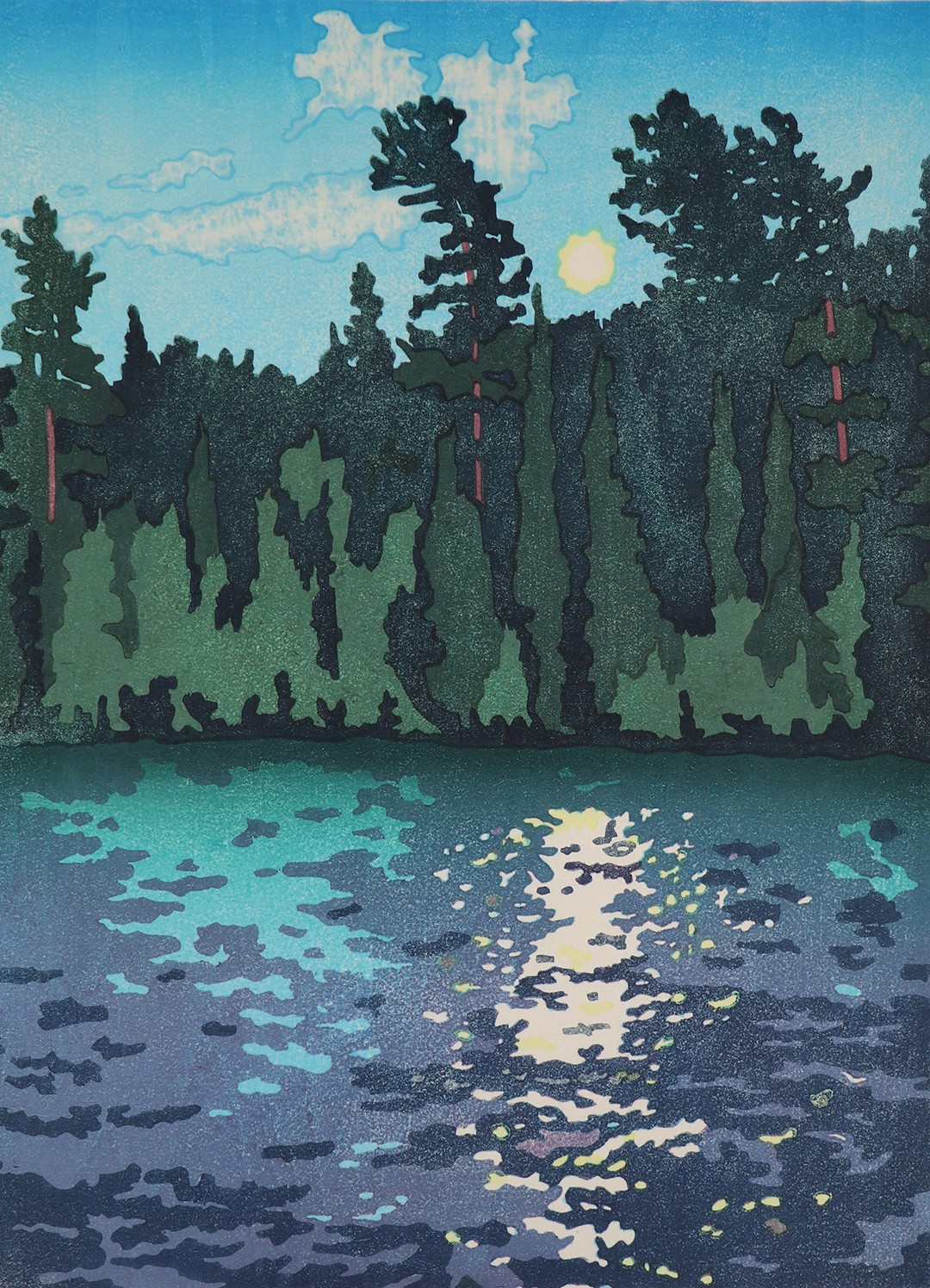
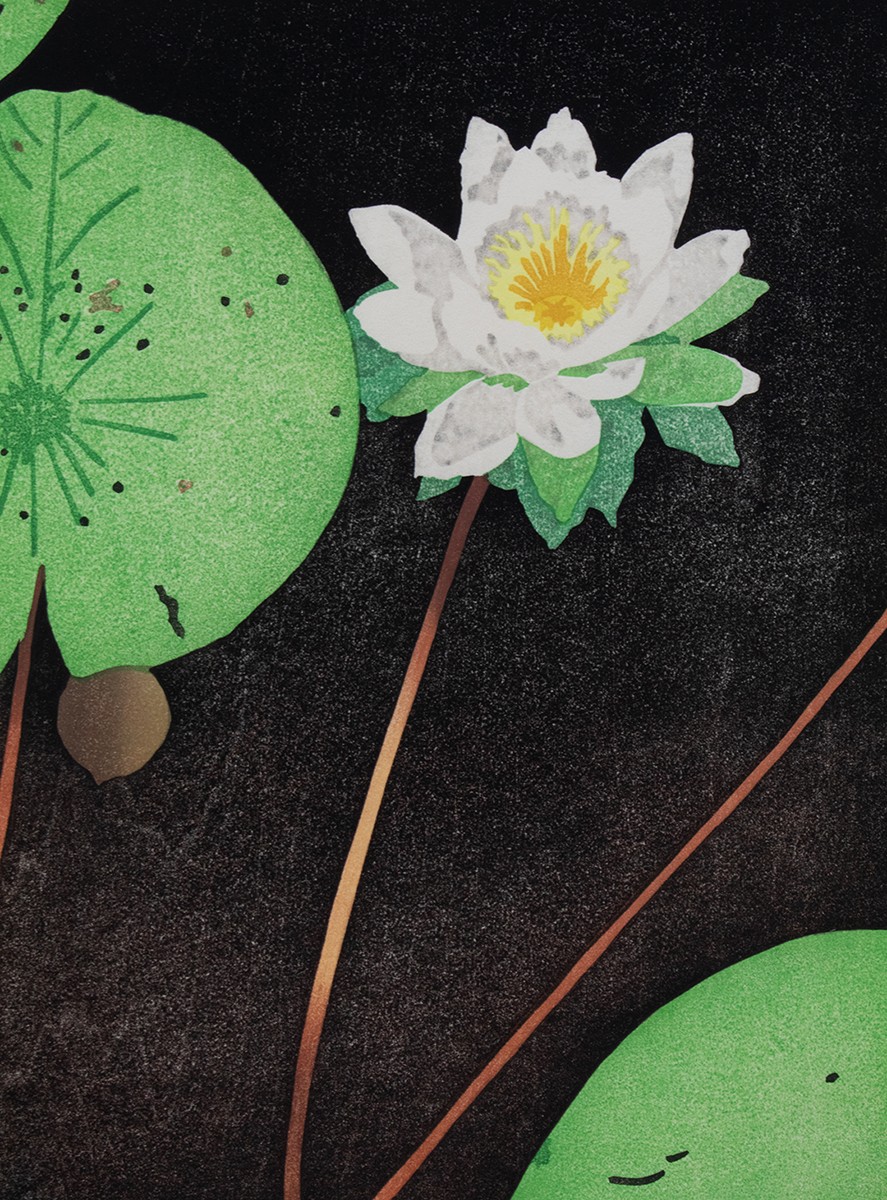
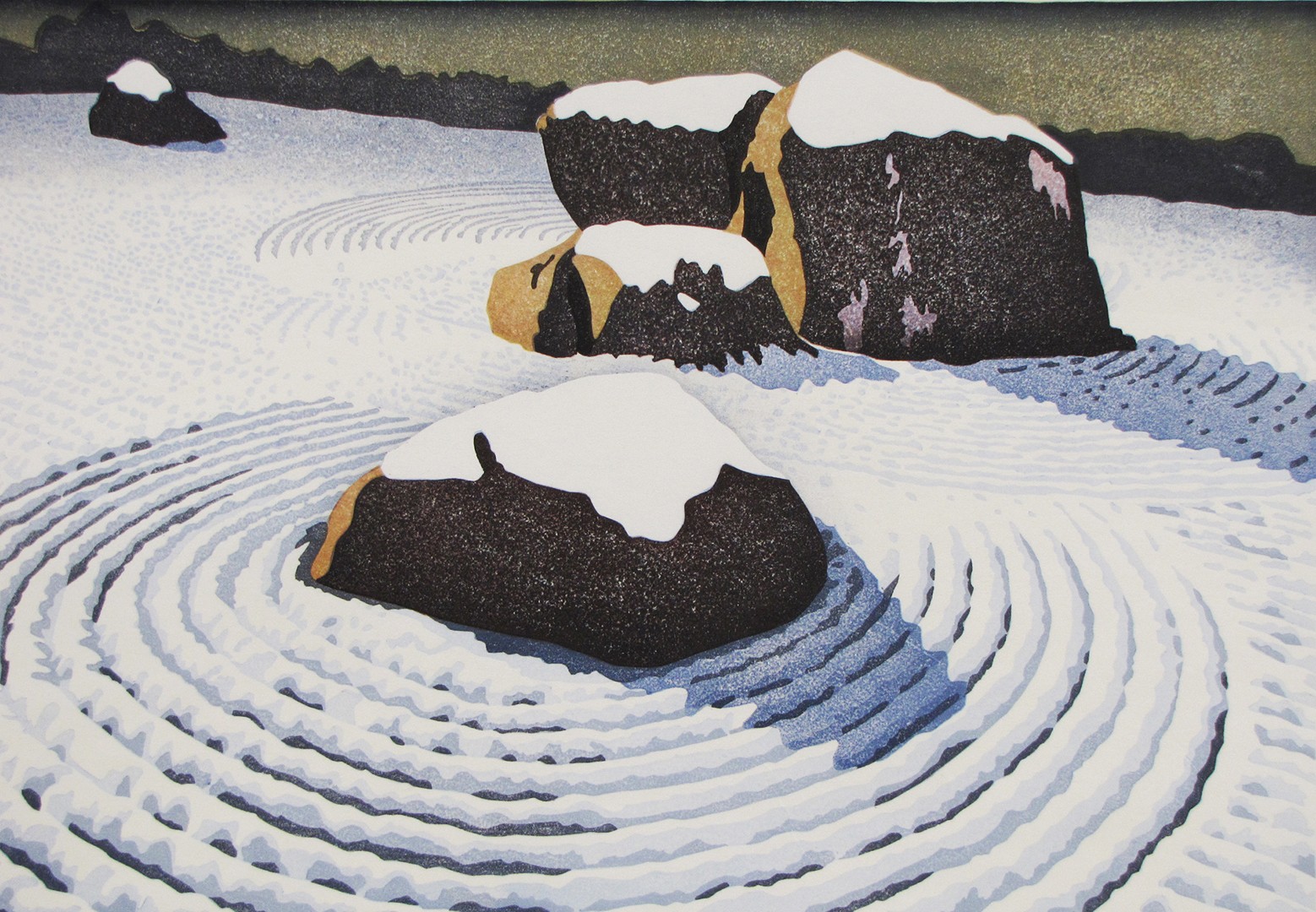
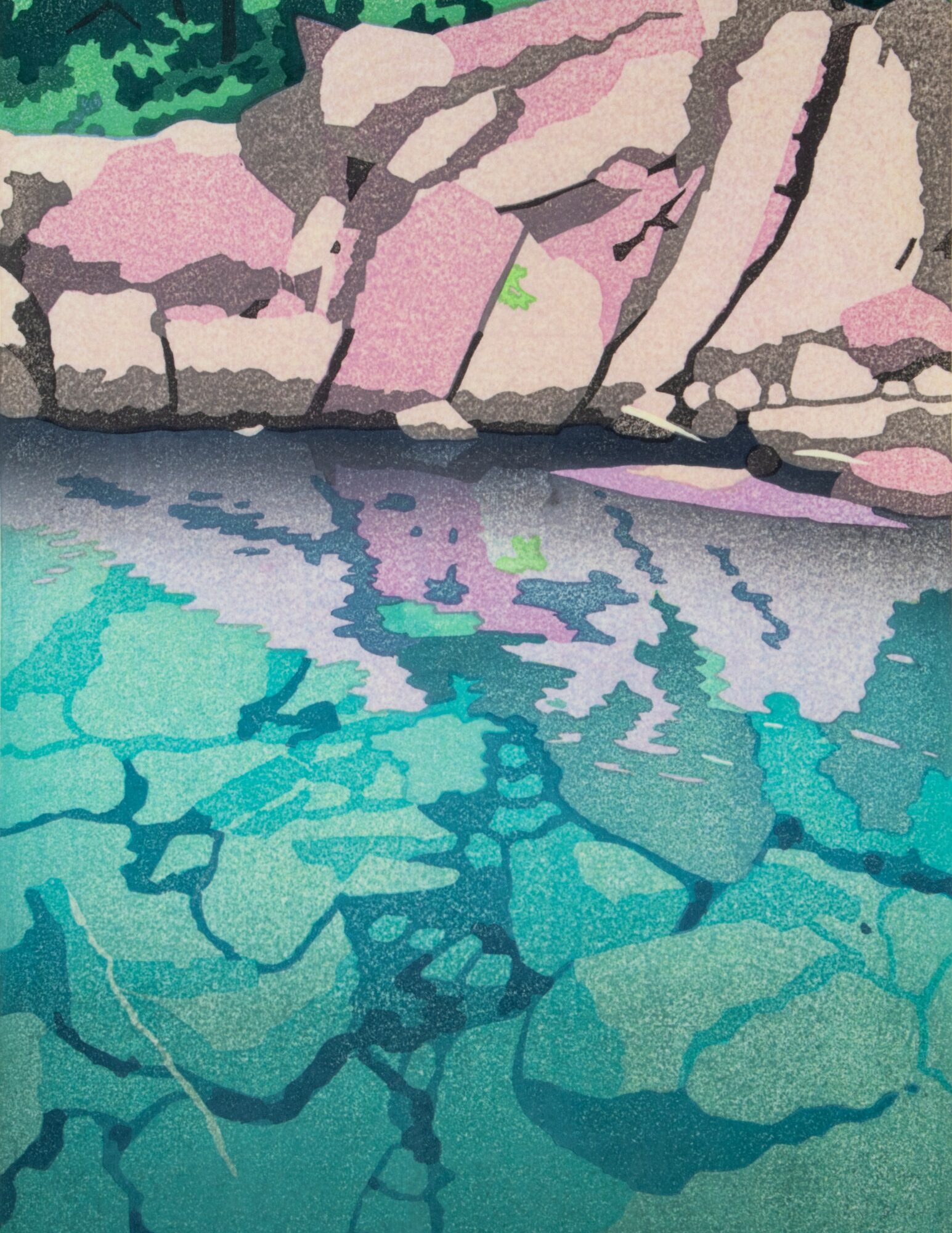
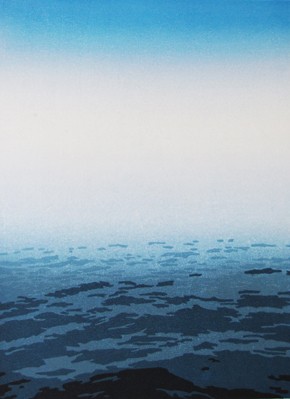
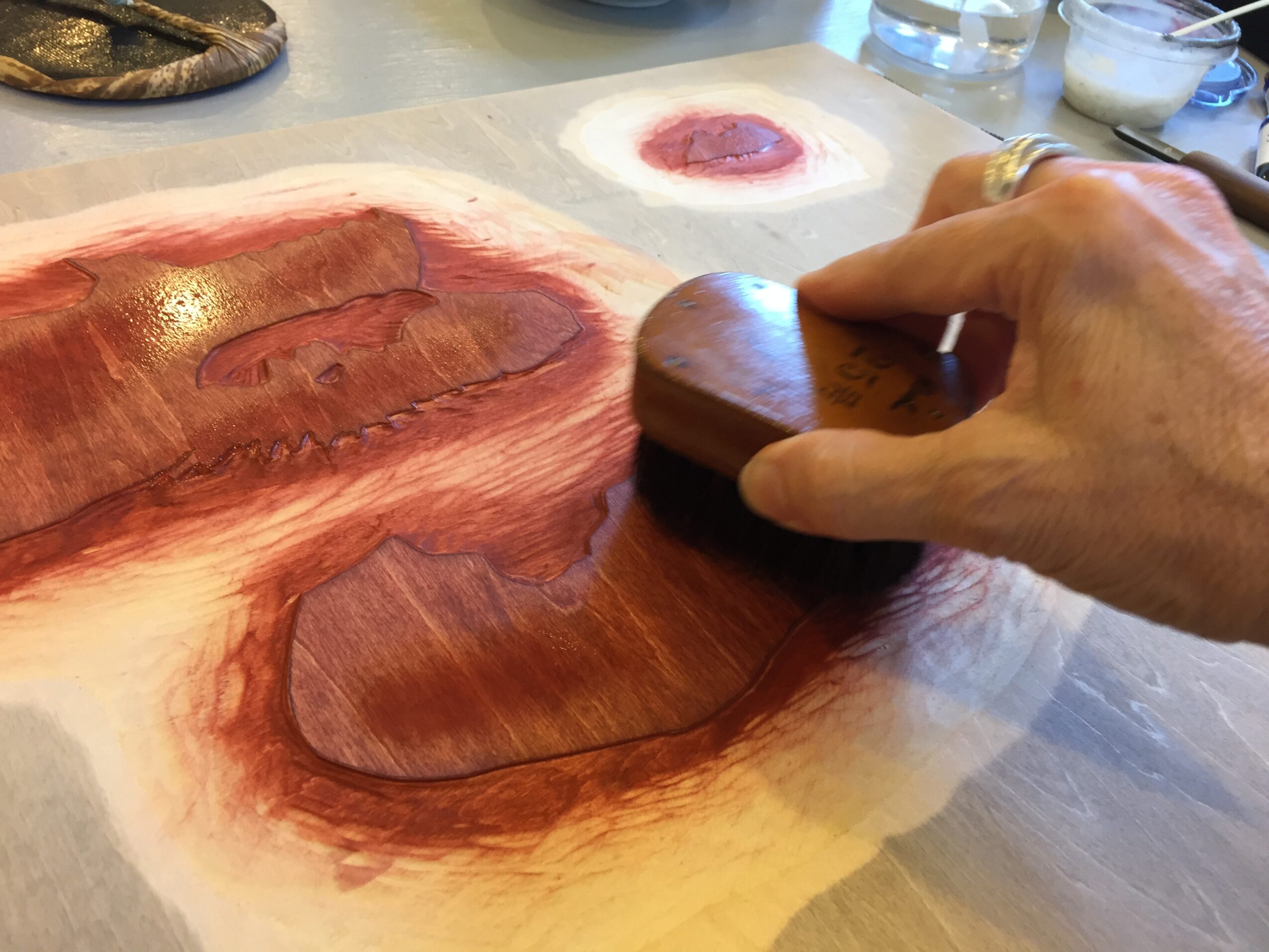
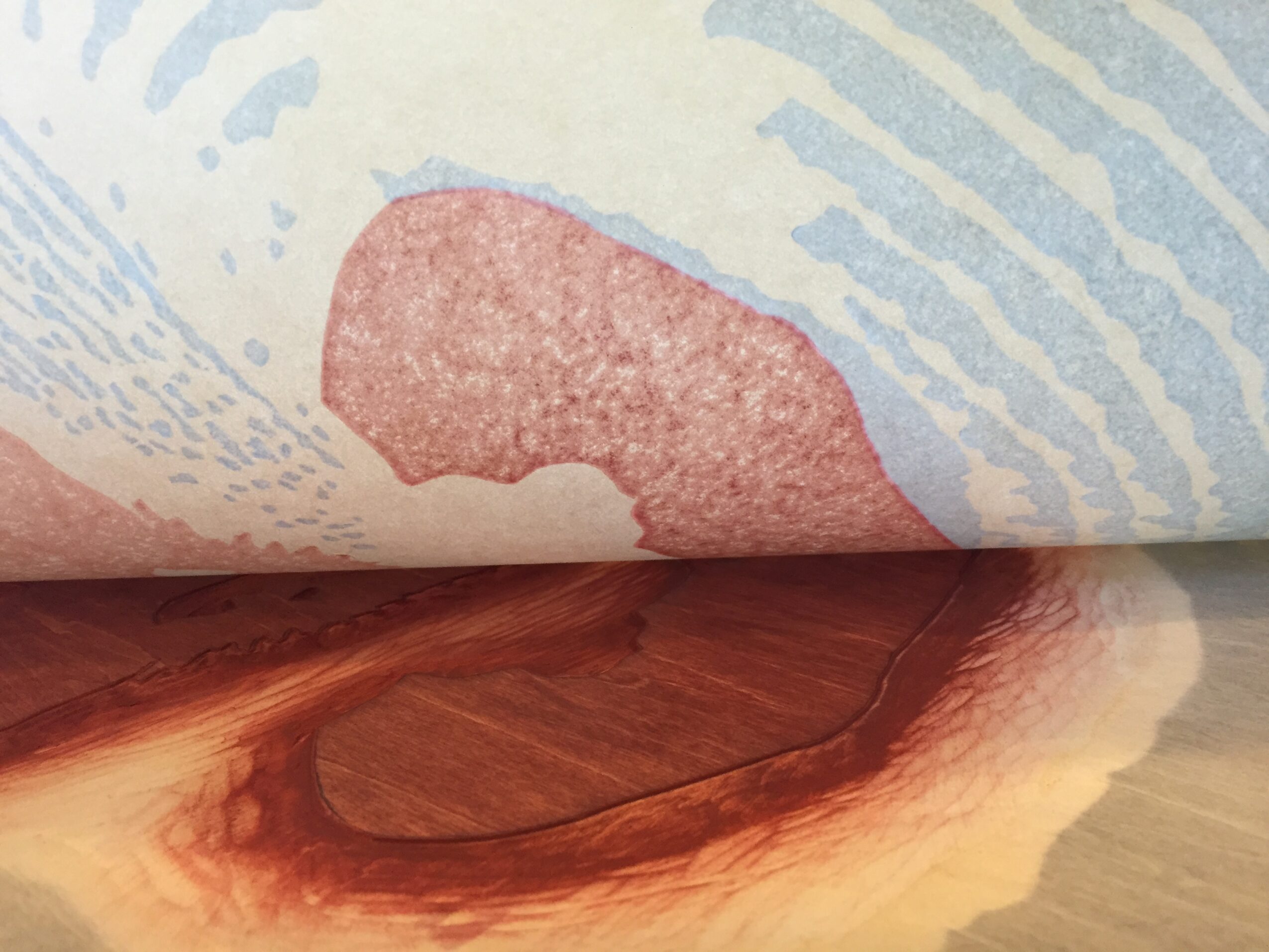
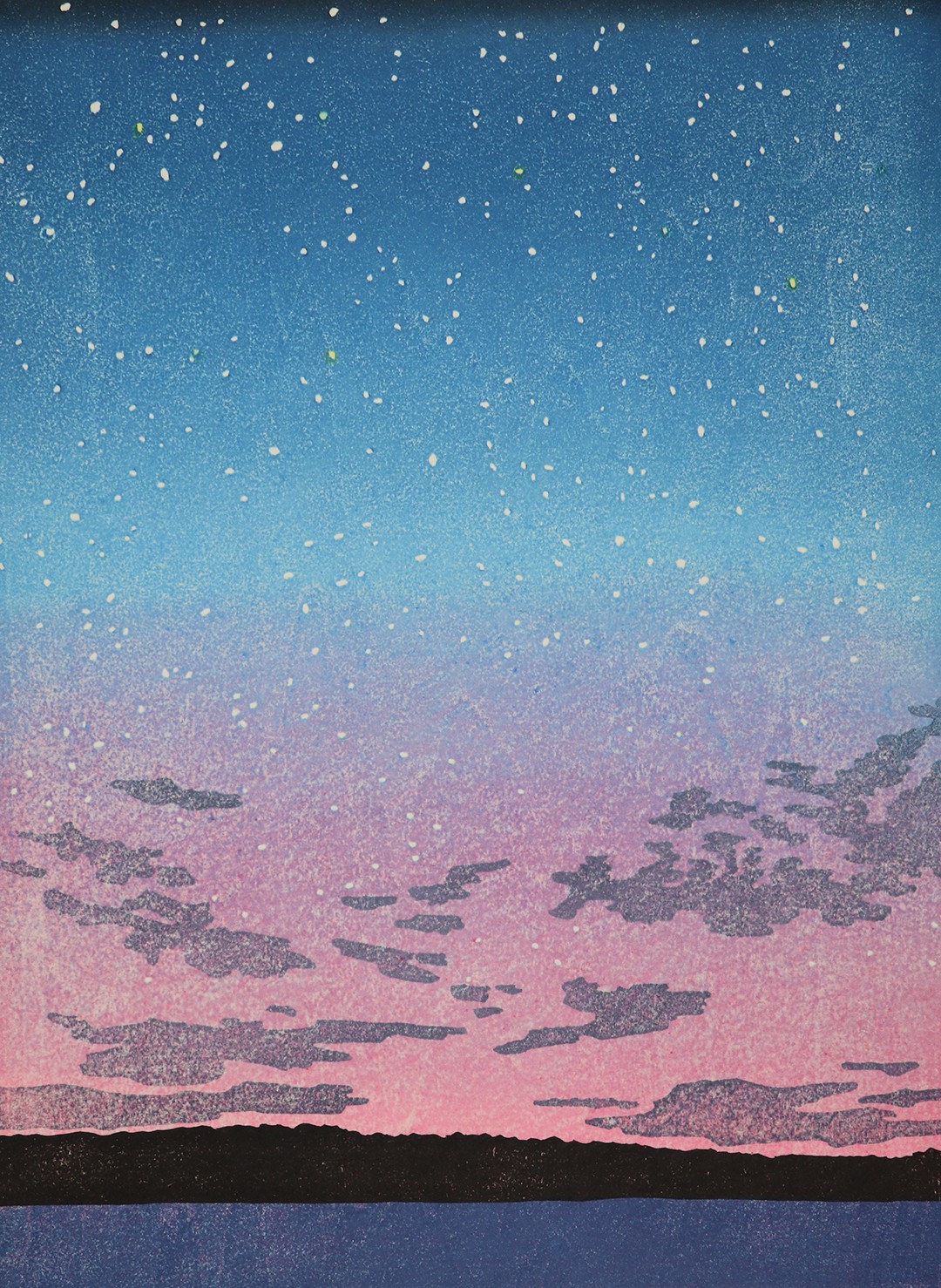
Image Credits
Mary Brodbeck





